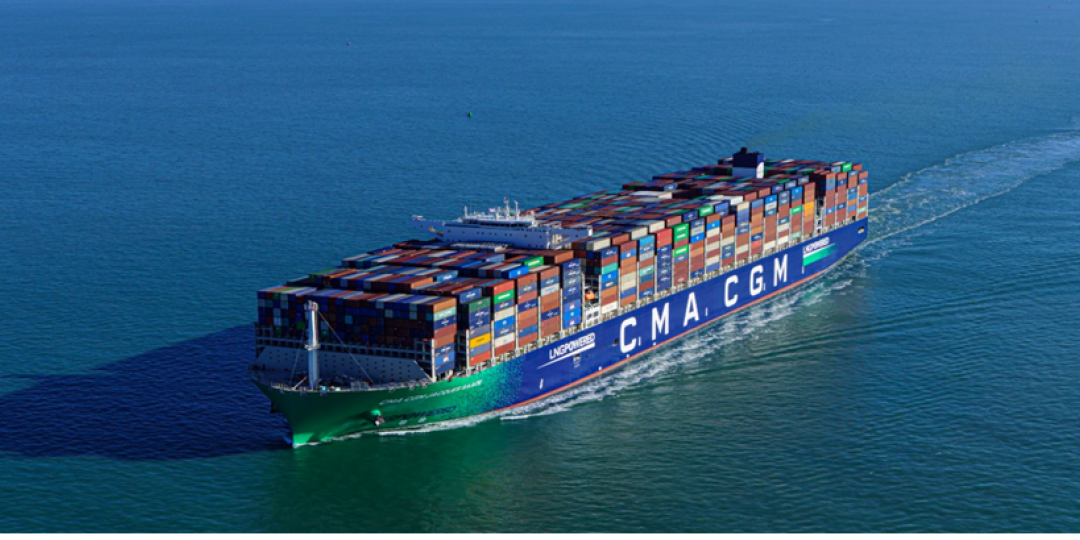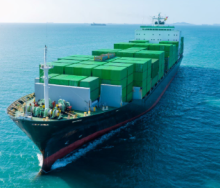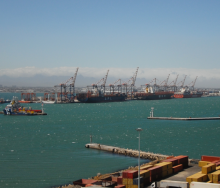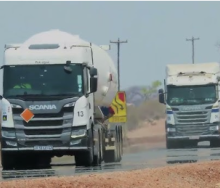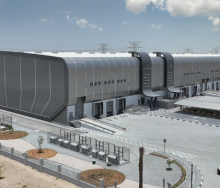The third quarter of 2022 was shaped by persistent geopolitical tensions, which spurred higher inflation and dragged down consumer spending, which is increasingly shifting to services in the wake of Covid-19. These factors dampened freight demand, but also helped to ease a certain amount of port congestion, according to a statement by the CMA CGM Group following the release of its third-quarter results.
The French major therefore expects to see a faster return to more normal freight rates in the fourth quarter - and lower margins - and is closely monitoring the geopolitical developments and their potential impact on the economic outlook. The company however remains confident about its financial strength and ability to adapt to the uncertain environment.
“In this environment, the CMA CGM Group pursued its strategy of strengthening its shipping, port, logistics and airfreight capabilities, while making a significant commitment to energy transition,” said Rodolphe Saadé, chairman and chief executive officer.
Along with the rest of the industry, it was impacted by the unstable geopolitical situation, specifically by the increase in unit bunker costs driven by higher energy prices. On a like-for-like fuel consumption basis, these higher energy prices led to a year-over-year increase of $822 million in bunker costs in the third quarter. The slowdown in shipping demand pushed down spot freight rates, particularly on main East-West routes.
The line has strengthened its position as a global logistics provider and expanded its portfolio of services for the automotive industry, with the acquisition of GEFCO approved by the European competition authorities in July.
Thanks to several acquisitions completed since the beginning of the year, Saadé says CMA CGM has strengthened the capabilities of the Group’s subsidiary CEVA Logistics by integrating expertise and skills in e-commerce, last-mile delivery and automotive logistics, adding more than 12 000 employees.
In terms of its port terminal portfolio, the company bolstered its investment portfolio by winning, in association with its partner J M Baxi, the tender for the privatisation of the Nhava Sheva terminal in India.
Its airfreight carrier has also expanded with the recent launch of a new Paris-Hong Kong service, following delivery of its first two Boeing 777 freighters. Currently comprising six aircraft, the air cargo fleet will consist of 12 freighters by 2026.
Transported volumes stood at 5.7 million TEUs in the third quarter, up 4.1% year over year (y-o-y).
Maritime shipping revenue amounted to $15.7bn, up 25.8% y-o-y, but down 2% compared to the previous quarter, reflecting the decline in spot freight rates that began in the second quarter and continued into the third quarter.
Ebitda stood at $8.65bn. The y-o-y increase in the Ebitda margin was supported by an average revenue of $2 771 per TEU during the period. Quarterly Ebitda was down 5% on the previous quarter.
Logistics revenue totalled $4.34bn, while Ebitda came to $359 million.
In terms of outlook, Saadé says the health crisis and the shifting consumer spending patterns that drove strong demand during lockdowns have placed unprecedented strain on the world’s supply chains. “These strains are tending to subside in the wake of recent developments in world trade, reflecting a much more uncertain economic environment, which is being deeply affected by geopolitical tensions.”
The Group expects energy costs to remain high, weighing directly on its operating expenses and, more generally, on consumer spending, particularly in Europe. This inflationary environment, combined with monetary policies, is clouding the outlook for economic growth, despite measures to support consumer spending, again notably in Europe.
